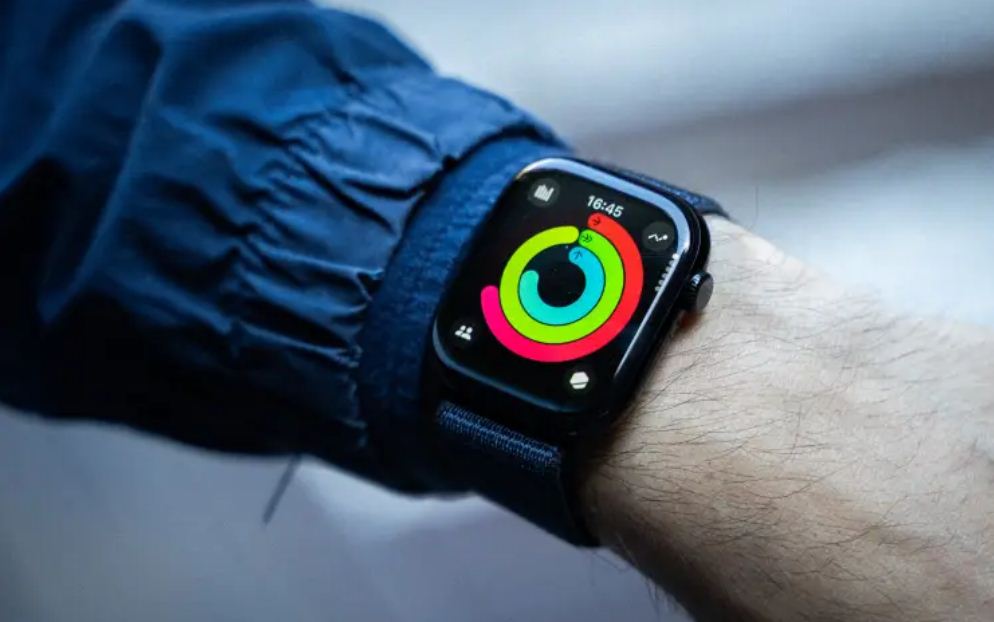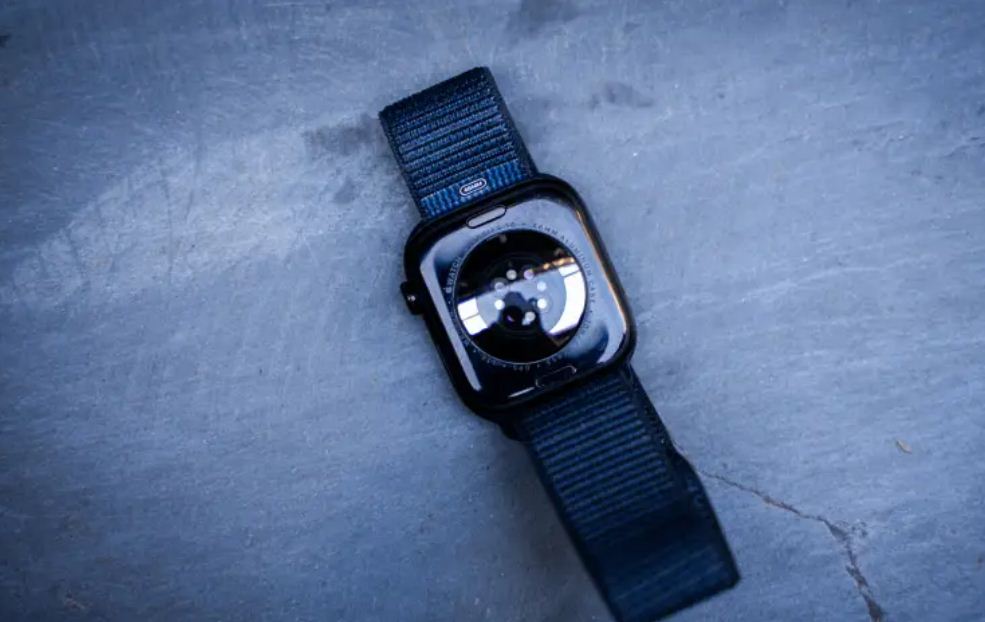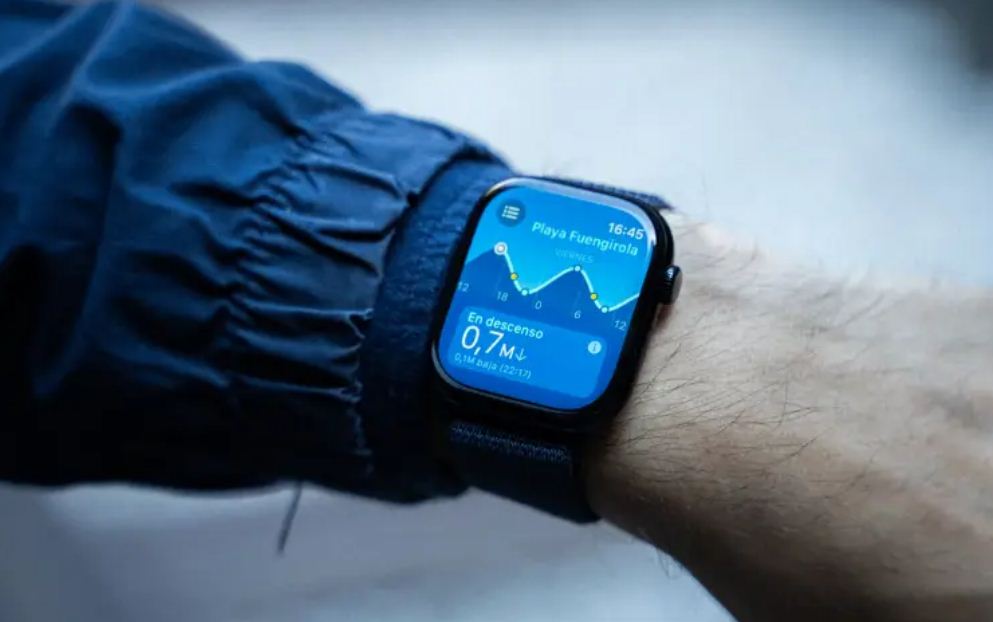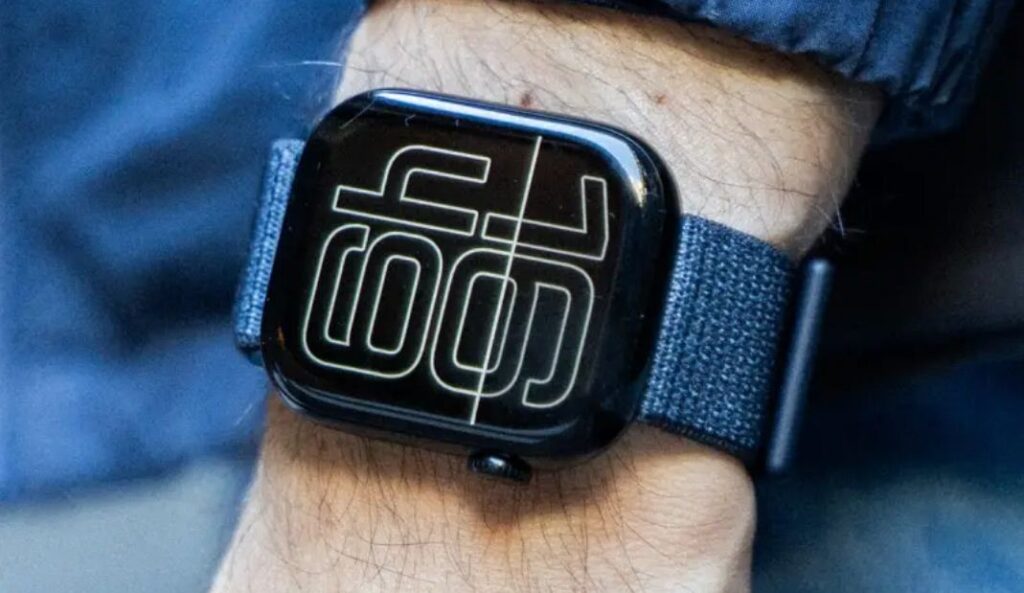And there are 10 models—actually a few more if we include the special versions and the Ultras. The Apple Watch is no longer just an experiment; it has become a crucial business line for Apple and a significant product in the daily lives of millions. The Apple Watch Series 10 represents the device’s full maturity, surpassing previous generations. In fact, of all the devices Apple introduced this year, it may be the most appealing, not only for its current features but also for setting the stage for future Watches.
Please follow us on Facebook and Twitter.
There are three key changes in this new generation of the Apple Watch: a subtle yet effective redesign, a new chip that enables exciting new features, and a major update to the charging system that users will notice right away—faster than the improved screen.
The Apple Watch Series 10 features the largest screen of any model released so far, even surpassing the Apple Watch Ultra. This is part of a subtle redesign; the screen is slightly larger, but not significantly so. If you’re coming from an Apple Watch Series 9 or if your Series 10 is black, where the edges blend with the screen, the change is so subtle that you might hardly notice it. Despite the screen increase, there’s no change to the Watch interface. Everything looks better with a bit more space for text, but it doesn’t drastically alter the user experience. It gives the watch a slightly more streamlined look, but in everyday use, it’s not a radical change like the one introduced with the Series 4.
The light redesign makes the watch extremely comfortable to wear.

The Apple Watch Series 10 features a brighter display with better viewing angles, but these improvements are mainly noticeable in specific situations—like when outdoors or for those who prefer an always-on display with enhanced brightness or more information. The display change has resulted in a slight increase in case size, growing from 45mm to 46mm compared to last year’s model. This subtle increase in size also affects the back of the watch and its thickness.
The part of the watch that comes into contact with your skin is now different. At first glance, many users might not notice any major changes, but Apple has reduced the protrusion of the sensors. This, combined with the watch being thinner, makes it incredibly comfortable to wear. While it is larger, it feels much more comfortable in daily use. Additionally, the system that attaches the straps is now closer to the surface that touches the skin, enhancing the overall comfort.
This change is particularly noticeable in situations where the watch can be most bothersome, like during certain sports (such as using dumbbells) or while sleeping. Users often feel the difference in comfort during the first few days, and later, they might wonder how they didn’t notice this issue in previous generations. The difference becomes especially clear when comparing it to an Apple Watch from an earlier model. It’s one of those subtle changes from Apple that might seem minor on paper—after all, they only made the watch a little thinner—but it significantly impacts daily use.

One downside of the Apple Watch Series 10’s maturity is that it remains just another Apple Watch. There are no exclusive features or tasks that you can’t perform with an older model. While it is faster and brighter, the day-to-day user experience between the Series 9 and Series 10 feels very similar. However, there is one significant difference: the battery.
The battery life remains the same, but the charging is incredibly fast.
You might assume that making the watch thinner would lead to a shorter battery life, but that’s not the case. The Apple Watch Series 10 not only maintains impressive battery life compared to the previous generation, but it also allows you to extend it slightly depending on your settings. However, don’t get too excited—you’ll still need to charge the watch daily if you use it regularly, including during sports activities and especially if you wear it while sleeping.
During a normal night’s sleep, you can expect to lose about 10 to 15% of the battery if you go to bed with the watch fully charged. Combined with regular use the next day, including workouts, you’ll likely have around 15% to 20% of battery remaining by the end of the day. If you receive a lot of notifications or keep the screen always on or at high brightness, you’ll be closer to the lower end of that range. This is the trade-off for wearing a smartwatch without the Ultra label, a limitation that has persisted since nearly the first generation, even as the number of features has increased.
However, there is one key improvement in the Series 10 that makes this issue less significant: charging. The Series 10 comes with a new braided charging cable that allows for faster charging speeds. While previous models could charge from 0 to 80% in 45 minutes, the Series 10 can do it in about 30 minutes. This means a short time on the charger can provide enough battery for the day. A quick charge when you wake up can help you forget about constantly monitoring the charger. Of course, to achieve these charging speeds, you need to use the included charger along with at least a 20W USB-C charger from Apple or another brand.
While I would have preferred longer battery life over fast charging, given my usage patterns, the fast charging is a significant improvement for daily use—especially for those who wear the watch all the time. Additionally, a longer base battery life would enable the Series 10 to include features it currently lacks, such as continuous 24/7 heart rate monitoring, which some cheaper watches already offer despite having smaller batteries.

In addition to the improvements brought by watchOS, each new generation of Apple Watch introduces some exclusive features, and this time the Series 10 inherits from its older sibling, the Ultra. One notable addition is the depth and water temperature sensor. This feature is aimed at a smaller group of users compared to last year’s skin temperature sensor, but it interestingly brings the standard version of the watch closer to the higher-end model in terms of features and pricing.
While the inclusion of this feature doesn’t mean you can go on unlimited deep-water dives with the Series 10, it is designed for occasional use and is compatible with Oceanic+. The diving limit for the Series 10 is 6 meters, while the Ultra supports up to 40 meters. However, the water temperature sensor is very useful for swimmers, whether in open water or pools. It works effectively, and once the water mode is activated, temperature detection is nearly instantaneous. The best part is that you can use it in various situations—not just for swimming. For example, it’s handy for checking the temperature of a baby’s bath when you don’t have a thermometer available.
Apple Watch Series 10: Is It Worth It?

Although there are no major new features this time, aside from minor design and size changes, the Apple Watch Series 10 is one of the most worthwhile launches from Apple. The reduced thickness, along with the strap positioning closer to the skin and the revamped back that contacts the skin, makes it the most comfortable watch for daily wear that Apple has produced so far. It’s also incredibly lightweight.
The increase in screen size becomes noticeable within just a few hours of use. This extra space is beneficial for displaying more text, even though the on-screen elements remain the same. The jump to the 46mm size is especially noticeable, making the smaller model even more appealing. Additionally, the faster charging feature eliminates any uncertainty about powering the watch, although many users would prefer longer battery life over quicker charging.
Considering this year’s redesign, significant improvements in charging, continued compatibility with the double gesture, and the addition of a water temperature sensor, along with one of the most elegant color ranges Apple has ever offered, we have every reason to recommend the Apple Watch Series 10. It stands out as the most well-rounded model in all the generations Apple has presented to date.





